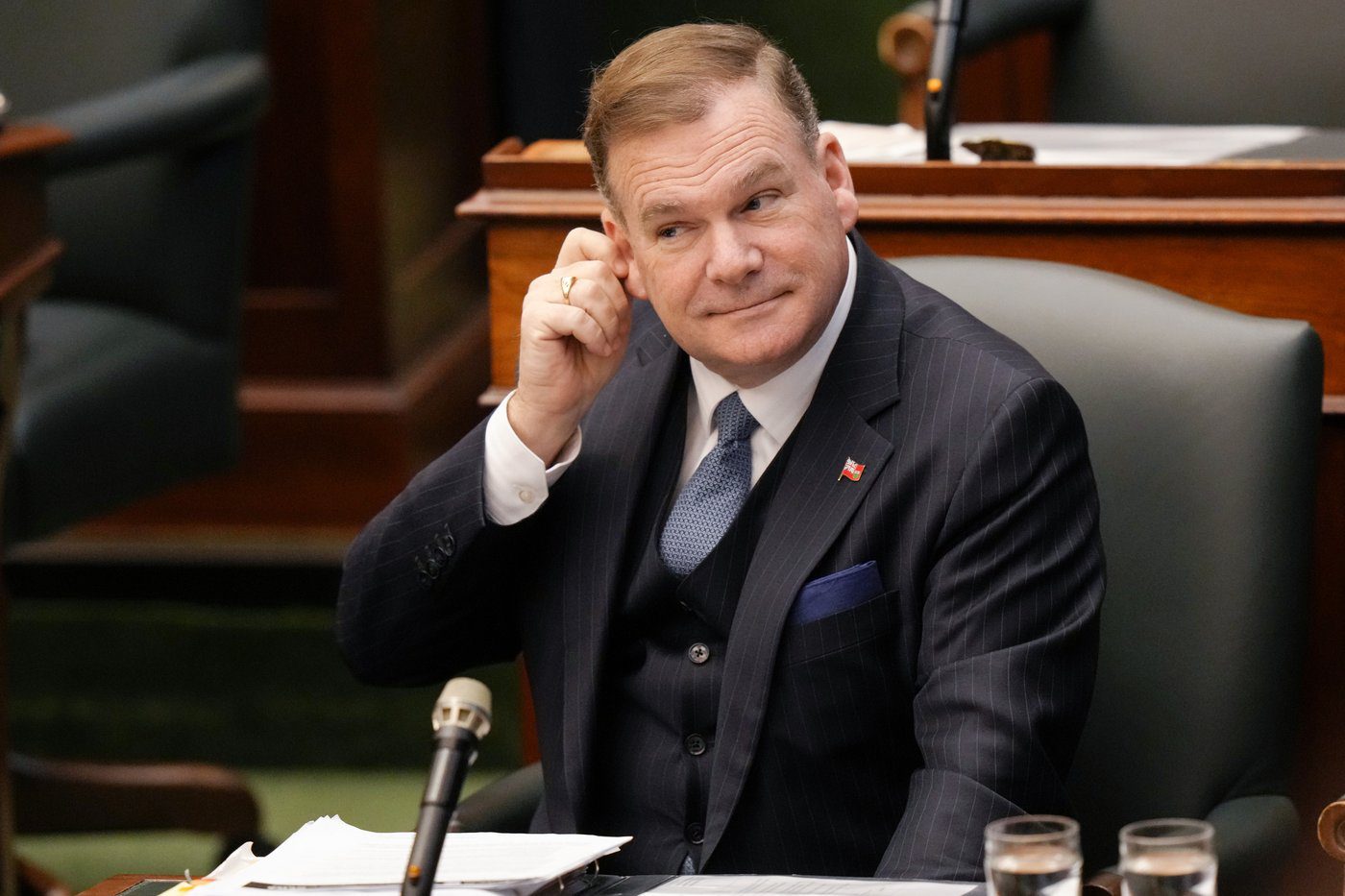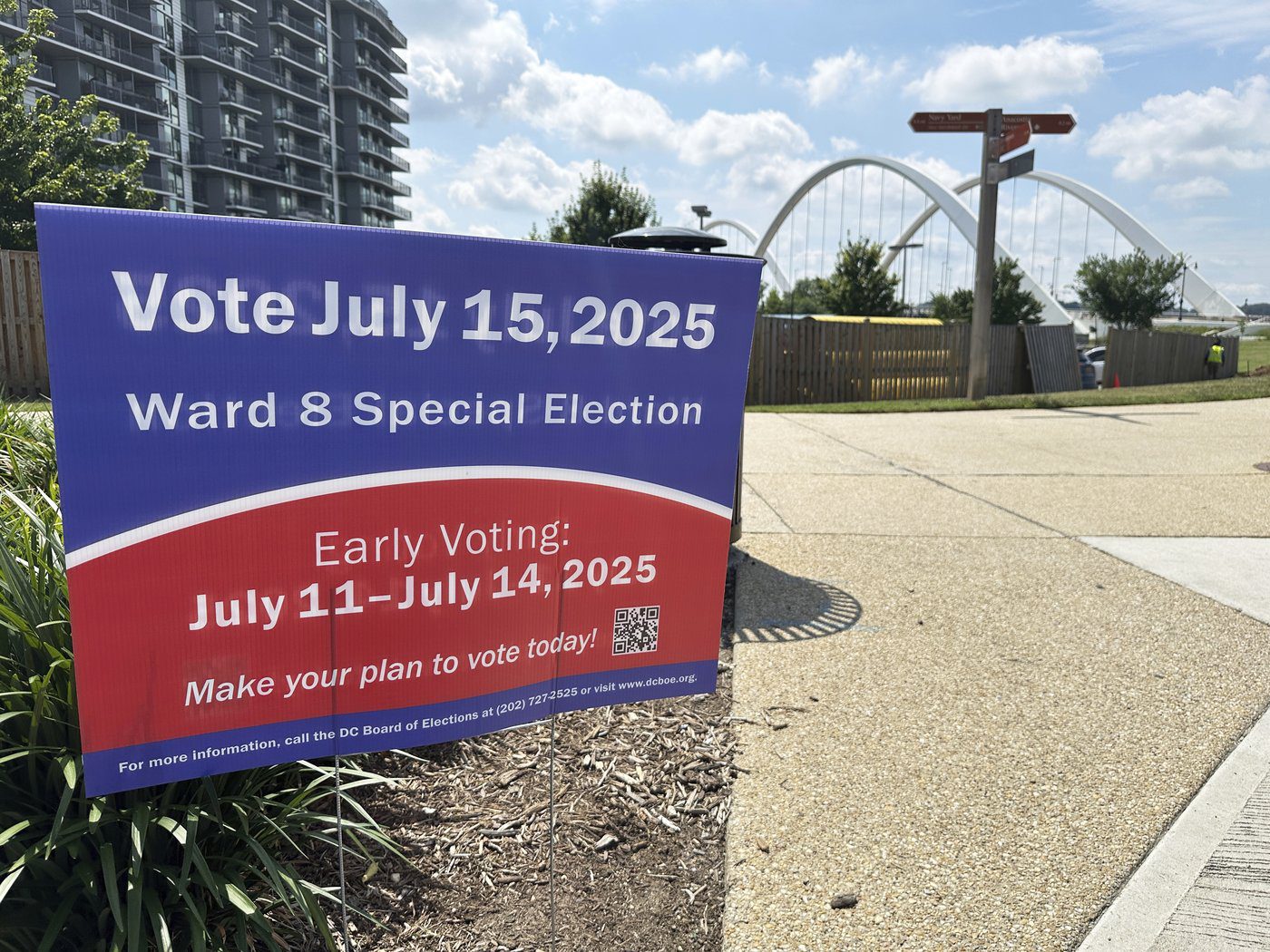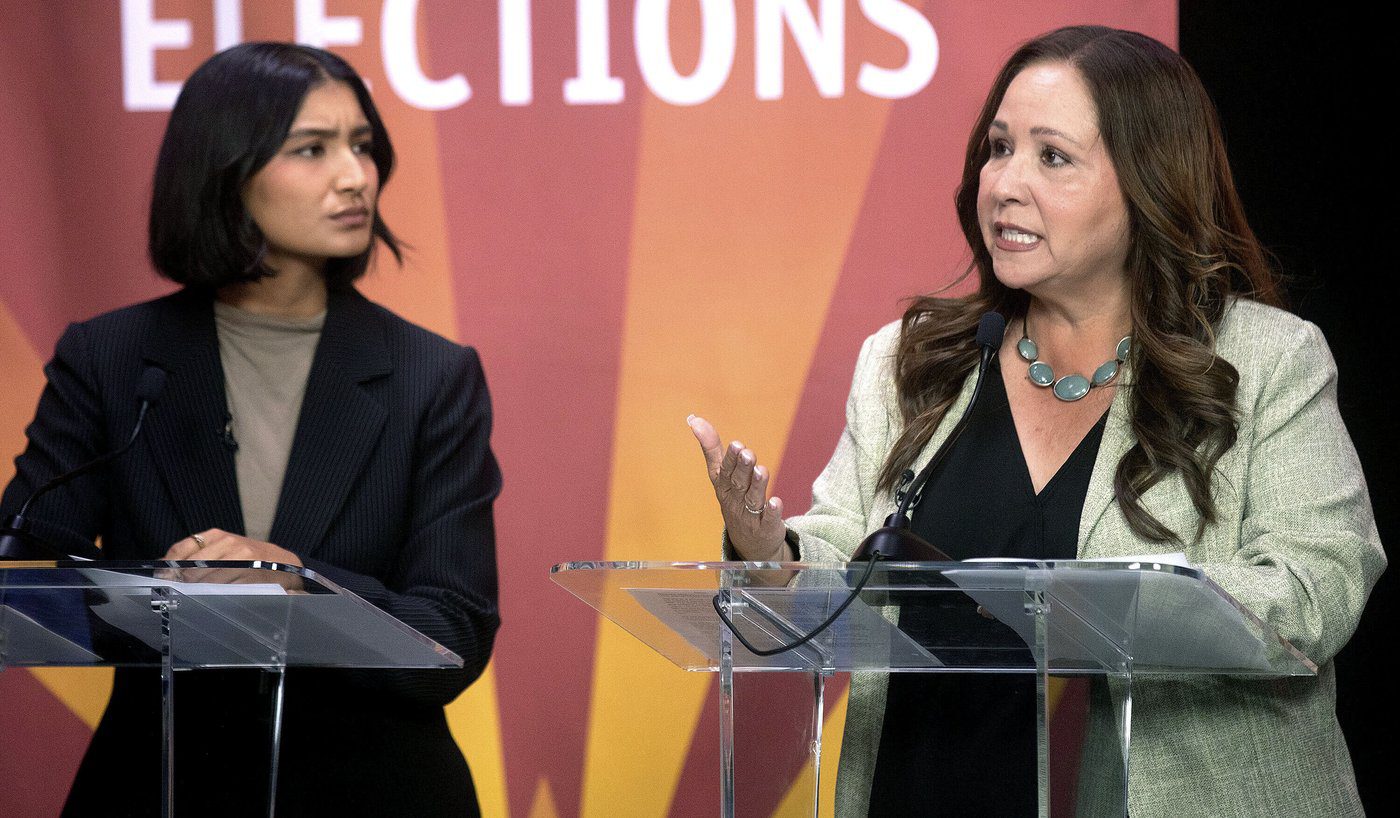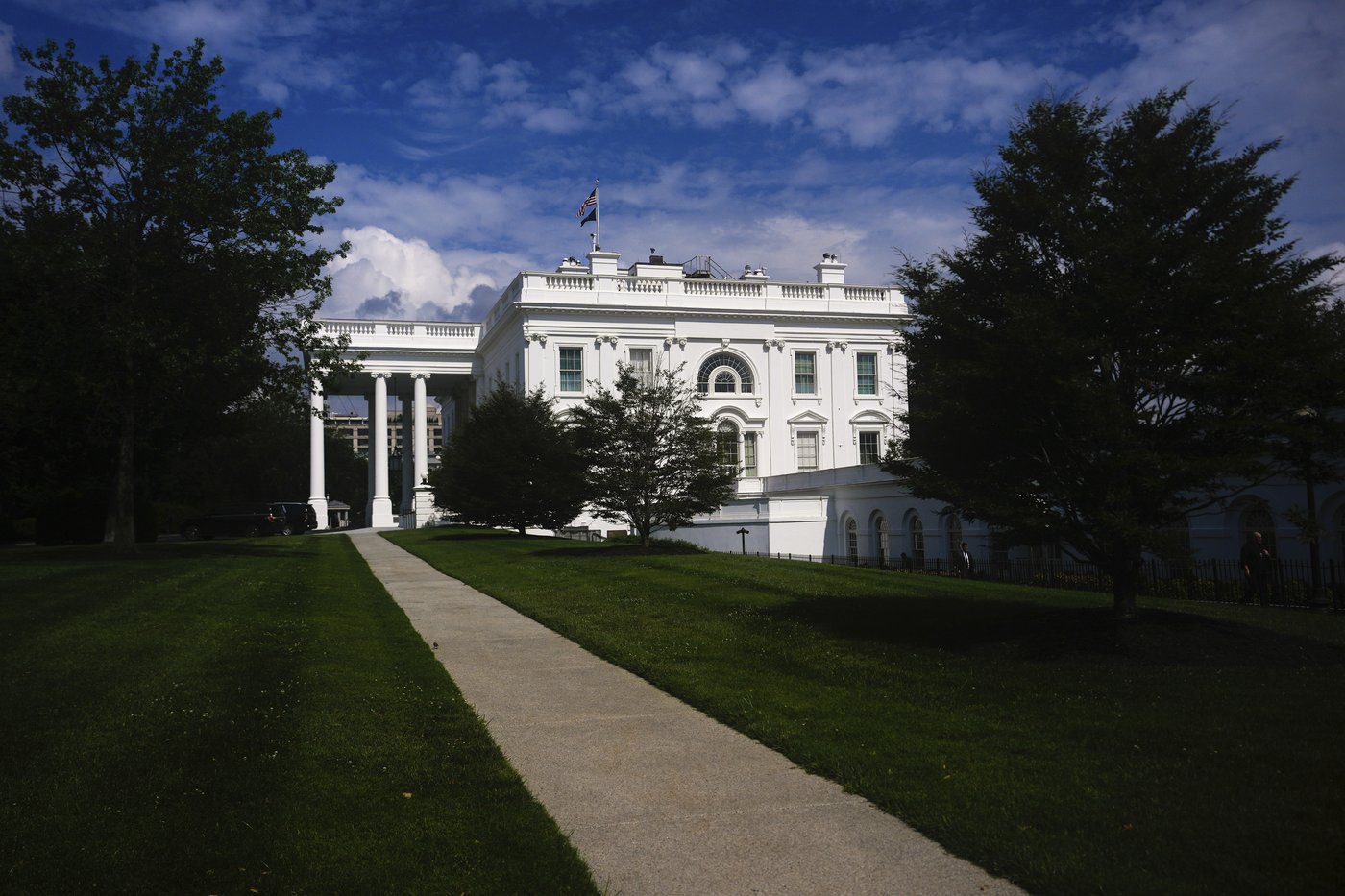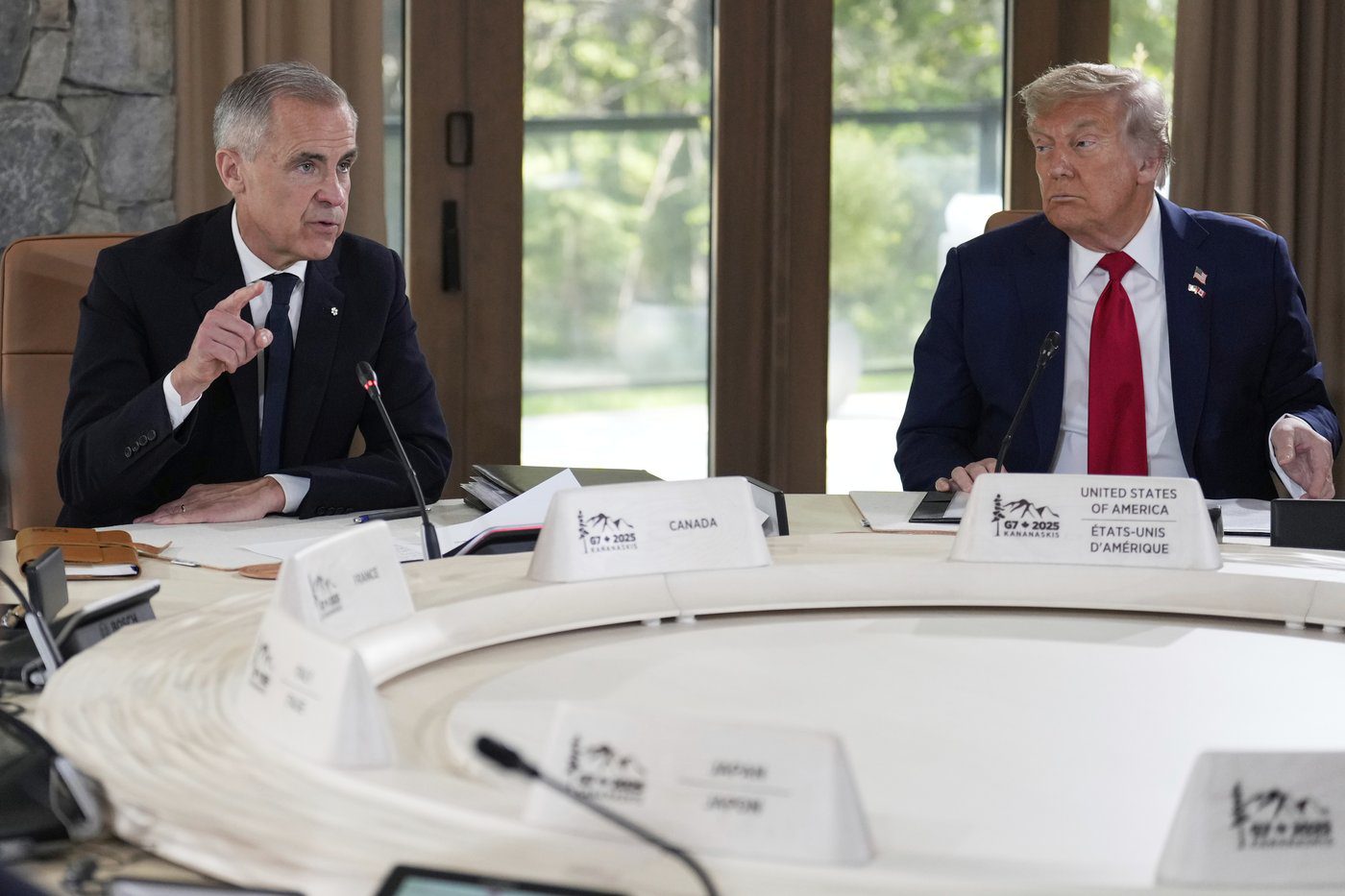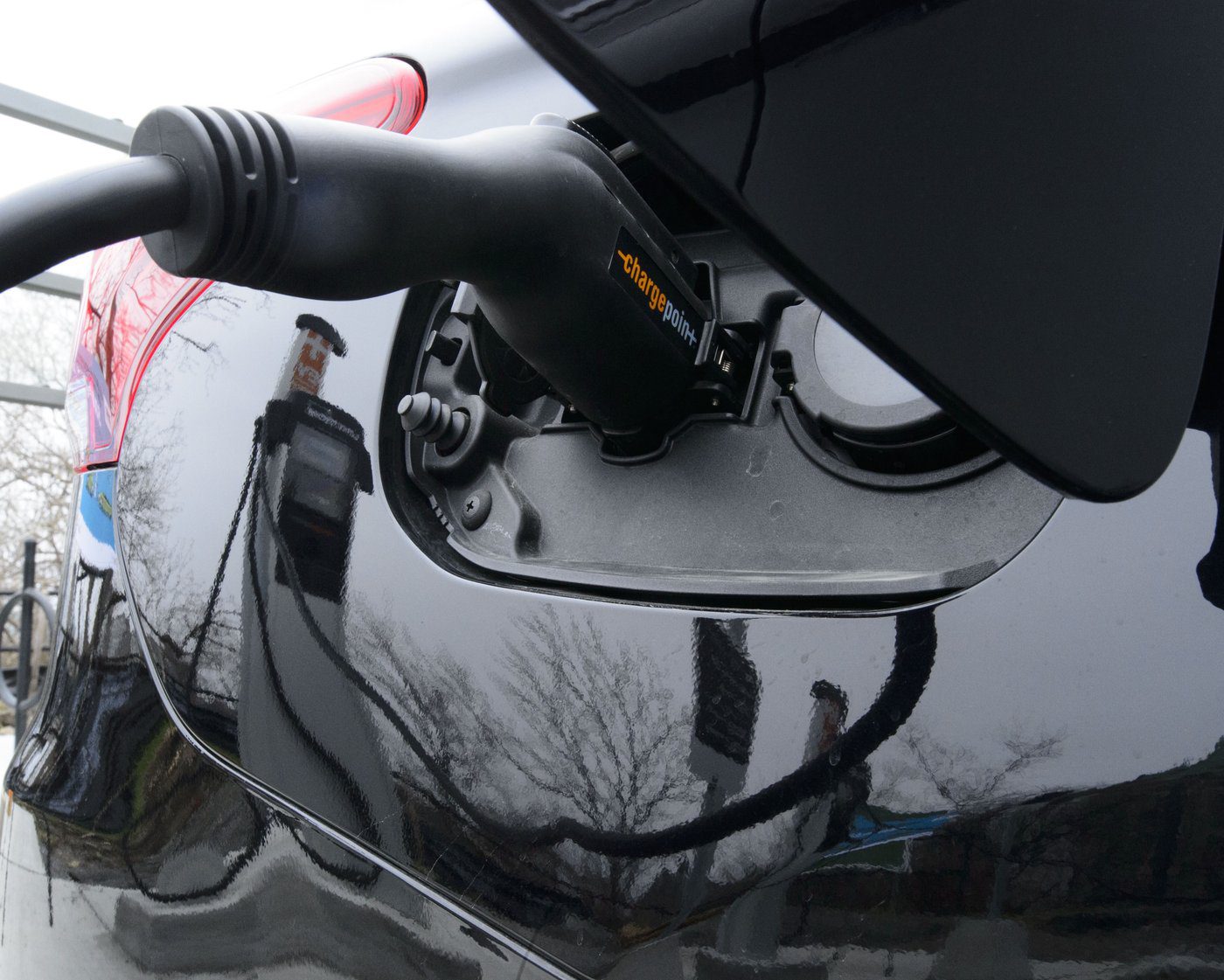With a fresh wave of patriotic calls for Canada to scale its domestic tech sector, industry players say there are opportunities to better attract and retain homegrown talent and knock down barriers that are preventing companies from growing.
Sheldon McCormick, CEO of Kitchener, Ont.-based tech hub Communitech, said he is seeing “growing momentum” behind the idea that Canada needs to “build, buy and own more of its own innovation” across areas like artificial intelligence and health tech.
Executing on this, he said, would require protecting data and intellectual property as well as attracting the talent needed to “anchor economic value here at home.”
The challenges in attracting and retaining talent highlighted by those in the tech space span compensation, government support and the cost of living.
Benjamin Bergen, president of the Council of Canadian Innovators, said there was a spike in U.S. tech talent coming north during Donald Trump’s first term as U.S. president, but that doesn’t appear to be materializing currently.
“I think part of the challenge is just some of the new realities around the economy. I think there has obviously not been the same amount of tremendous hiring that you’ve seen in past periods,” Bergen said.
“Donald Trump being in the White House is not a strategy for our tech sector. It can be slightly beneficial, but it’s not any big mover in terms of being able to attract meaningful talent.”
MaRS Discovery District CEO Grace Lee Reynolds is seeing a slightly different trend in her tech universe though.
“Anecdotally, it certainly feels like a lot more people are talking about it. You hear anecdotal stories of someone about to make that type of change,” she said regarding tech talent moving to Canada from the U.S.
“It’ll be interesting then to be able to see that over a longer period of time. I think this is really critical.”
Bergen said that realigning Canada’s economic interests would allow the country to build and develop more successful tech firms that could, in turn, attract more talent. Specifically, he said government procurements could be a critical aspect.
“One of the reasons why Silicon Valley is Silicon Valley is because of all the procurement that the U.S. government initially did and continues to do with companies in the region,” Bergen said.
Comparatively, Canada procures its own domestic solutions less, making it harder for companies to grow since they don’t receive the same level of purchase orders from the government, he said.
Elaine Kunda, the founder and general partner at Disruption Ventures, said government procurements may not be an all-encompassing solution.
“If you feel like it’s not a growing economy with investors that are buying into the sector, government procurement is not going to solve our tech sector challenges. It’s actually making it more government-dependent,” she said.
Instead, she thinks the industry would significantly benefit from business tax credits that incentivize people to take more risks.
Compared with Canadian tech firms, U.S. companies have a “much easier” ability to raise capital and find purchasers for their product, Bergen said.
Lee Reynolds also sees access to capital as a barrier to growth, calling it one of the classic challenges that Canada has.
“Capital, especially at that early stage, to be able to grow and scale your business. There’s not quite enough here.”
Given the current moment, Lee Reynolds said it’s important to keep talent in the country as people see opportunities in Canada “from a values perspective.
“Call it then working with government, or call it working as an ecosystem together, to unlock more early-stage capital funding for ventures to grow,” she said.
As Canadian tech firms work toward scaling their businesses, Lucy Hargreaves, the CEO of tech-focused think tank Build Canada, says the challenge becomes attracting top talent from around the globe and preventing homegrown workers from leaving Canada.
“The first thing is to make sure that the people we have don’t leave. It’s great to bring in new talent to the country, but we have incredible talent in Canada,” she said.
“We graduate extremely highly talented and capable people from our universities every year, including programs that are world-renowned in the tech space at universities like Waterloo. So I think the first thing is, how do we get those people to stay?”
Compensation is a significant issue for tech workers who might consider moving to or remaining in Canada, according to Hargreaves.
“Salaries are definitely a big part. If you look at salaries in the tech space and other industries right now, in Canada, they’re not generally competitive. There may be some exceptions, but generally speaking, not competitive with salaries in U.S. dollars that are being offered in Silicon Valley,” she said.
A 2023 study conducted by The Dais, a think tank at Toronto Metropolitan University, found U.S. tech workers earned an average salary of $122,604, while Canadian workers in the industry earned an average of $83,698.
When adjusting for the exchange rate and cost of living, the study found U.S. tech workers earned about 46 per cent more in salary.
“The cost of living in Canada is not much cheaper,” Bergen said.
“And often what we’ll hear from our member companies is that they are maybe looking to, let’s say, hire or bring over an amazing CTO or CFO. But candidly, the cost of living is higher or at the same level as it is in other big jurisdictions.”
Bergen said Canadian companies looking to attract U.S. talent might have to pay “a lot more” to offset cost of living issues and a weaker dollar that has created a “bigger and bigger gap.”
Overall, he said some “super talented individuals” may choose to work in Canada based on the nation’s values, but he would like to see the government strengthen opportunities for domestic tech firms to be successful.
This report by The Canadian Press was first published July 11, 2025.
Daniel Johnson, The Canadian Press



